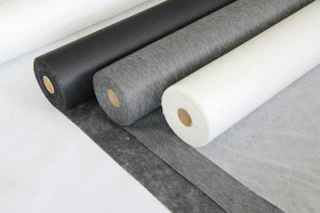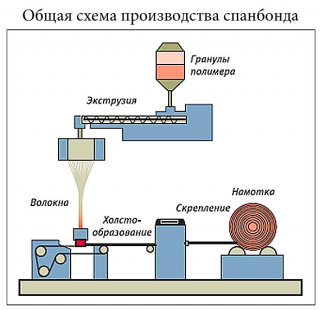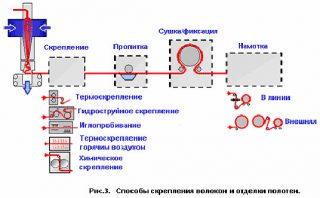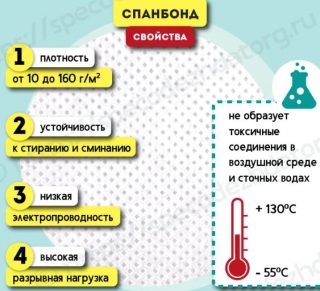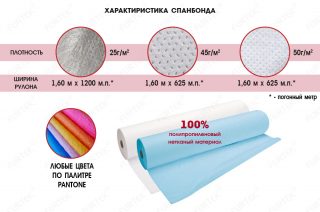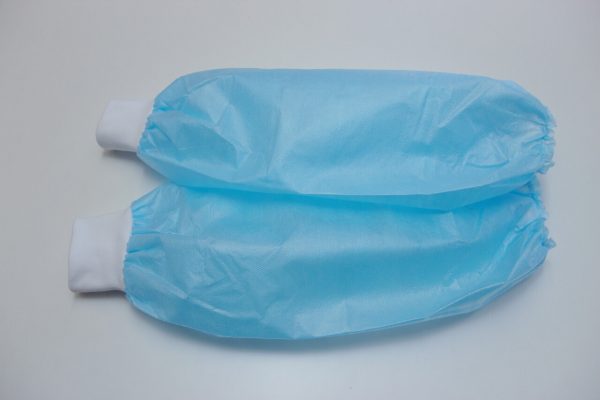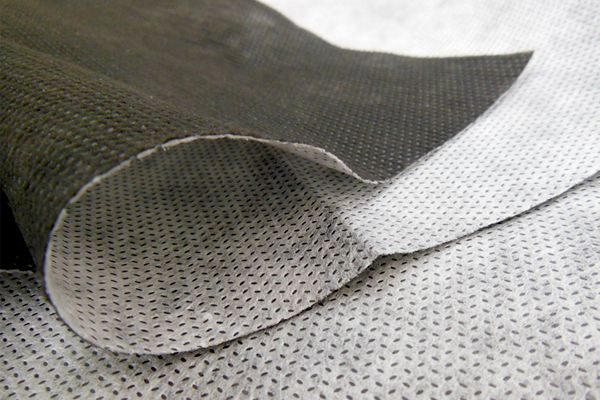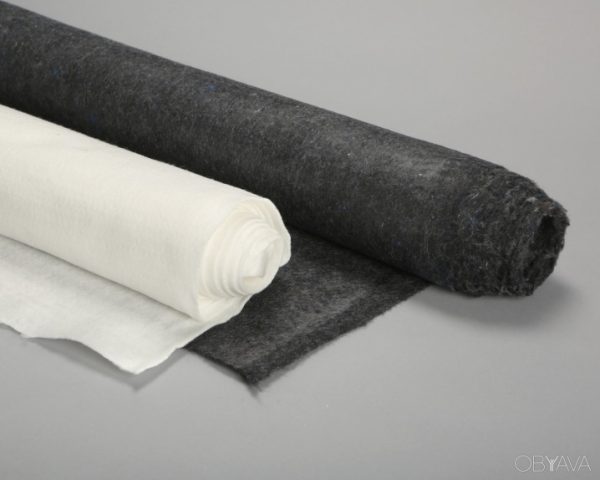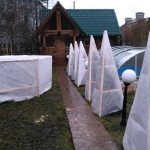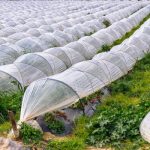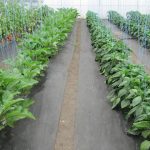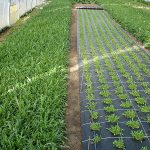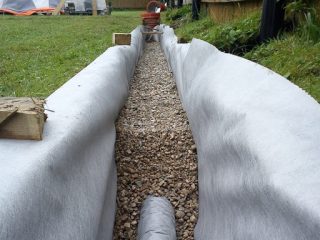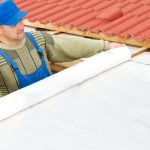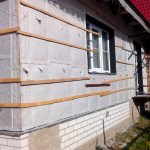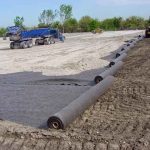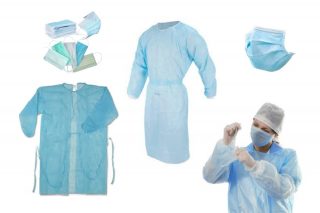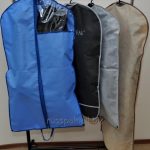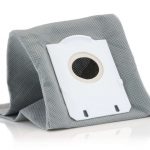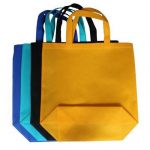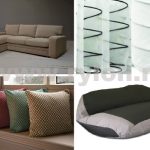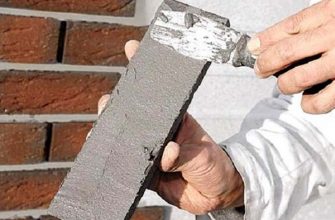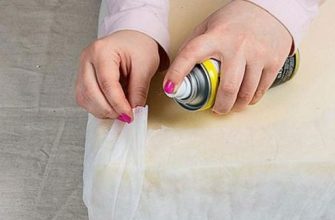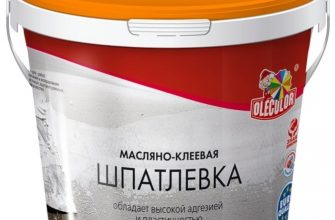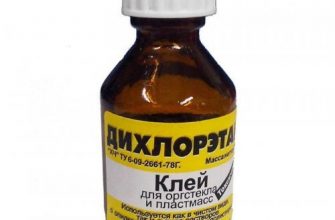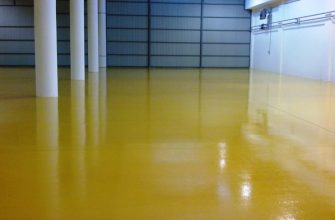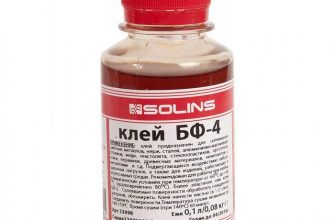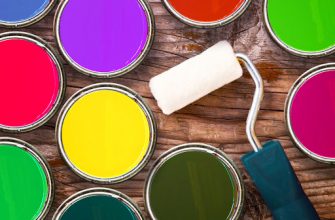Spunbond refers to the material and technology of its production. Unlike fabrics, which are made by weaving threads, spunbond is produced by the spunbond method, like plastic products.
Spunbond description
What does it consist of
Material made from polymers capable of forming fibers... Most often, they take polypropylene, polyethylene terephthalate, polyamide and their mixtures. Polypropylene is also used, as it assumes dense placement of fibers and causes a high fiber production per weight of material. Other options are not as economical, and polyamide is more expensive to manufacture.
How is it produced
- Raw materials are processed - granulated and transferred to a melting device - extruder.
- When heated, the granules turn into a liquid viscous state. The melt is pushed through dies - holes with a diameter of 250 to 1200 microns. The die set includes 1 or more beams with holes. The latter option is used when you want to get a high density web.
- Then the threads go through the drawing stage... The best option is to draw with high speed air at a low temperature. The stream comes from the ejector. The yarns are pulled out and cooled faster, which guarantees the strength of the fiber.
- The threads are laid on a conveyor. The uniformity and uniformity of placement is controlled by the feeding devices. Their work, as well as the speed of the conveyor, determines the density of the future canvas.
- The fibers are calendered and wound.
- Needle puncturing - it is used to obtain high density fabrics, more than 150 g / m².
- Chemical impregnation - the web is processed with a binder, which holds the fibers together.
- Thermal bonding on a calender - used when processing low density canvas - up to 150 g / m².
- Water jet - based on viscose and polyesters. This is how spunlace is obtained - a material with very high hygroscopicity.
- Hot air bonding - blowing polymer filaments. This is how meltblown is made - a material characterized by high absorbent properties.
The mounting method affects the characteristics. The fabric obtained by thermal bonding does not allow chemically active substances, fats, oils to pass through. The material is used, for example, to collect oil spills. The version obtained by simple thermal bonding repels water, but is less resistant to aggressive substances.
Main characteristics
- Hygiene - Spunbond does not form toxic compounds under the influence of the external environment.
- Working temperature range - -55– + 130 ° С. At high temperatures, the fibers begin to soften and then melt.
- High elastic properties - even after prolonged crushing, it restores and retains its original shape.
- Non-woven fabric easy to paint in any colors... Coloring occurs during manufacture: dyes are added to the feedstock.
The fabric is not only elastic but also soft. Spunbond is often used to cover greenhouses or greenhouses. It is much cheaper than glass or polycarbonate. It retains heat just as well.
Density
Dimensions (edit)
The thickness of the material determines some of its parameters - water permeability, rigidity, ability to retain heat. The width of the web varies from 6 cm to 4 m. As a rule, spunbond is cut at the request of the customer.
The length of the web in a roll can reach 1500 m.
Melting temperature
Parameter depends on the nature of the polymer used. When heated, the fibers first soften, the fabric stretches. At high temperatures, matter begins to melt. The process takes a lot of time and occurs gradually, so it is impossible to talk about the exact melting point.
Deformation of the most heat-resistant material - based on polypropylene - begins at a temperature + 130 ° C.
Varieties of spunbond
Laminated
Two-layer polypropylene coated material. This modification creates a fabric with greater strength and stiffness at a low density - from 42 to 65 g / m². It is poorly permeable to moisture and air, and has a water-repellent effect. Polypropylene protects against the absorption of oil, dirt and other biological fluids. The fabric is often sewn into clothing for medical personnel and used for other medical purposes.
Color
Spunbond is easy to paint if done initially. Any shades... The color does not affect the physical and chemical characteristics, this is a purely decorative technique. Covers are often sewn from spunbond, the inner lining of bags and furniture is made, so the material is also produced with a pattern.
The shade is taken into account when choosing in horticulture. The white material reflects sunlight, so it is used to equip a greenhouse. Black agrofiber absorbs light and transfers it to the ground, so black spunbond is used as a covering material on the soil.
Reinforced
Non-woven fabric designed to cover greenhouses and greenhouses. Spunbond strengthened with synthetic fibers... The web is strong yet flexible. The reinforcement noticeably increases the spunbond's wear resistance and sensitivity to sunlight.
Often, the reinforced fabric is produced laminated to ensure water resistance.
Foil
Material has a backing made of a thin layer of aluminum - foil... This spunbond is water resistant and very durable with the same flexibility. This option practically does not burn. The canvas is used as a waterproofing in a bath, in a sauna, on a balcony, as a vapor barrier film when working with external walls.
Dot coated PVC
The material is not reinforced with fibers, but dotted portions of polyvinyl chloride. The canvas is durable, very dense, not slippery.Spunbond - the material is smooth, easily slides off without attachment. The spot-coated version adheres to the surface.
Dot coating increases tear resistance.
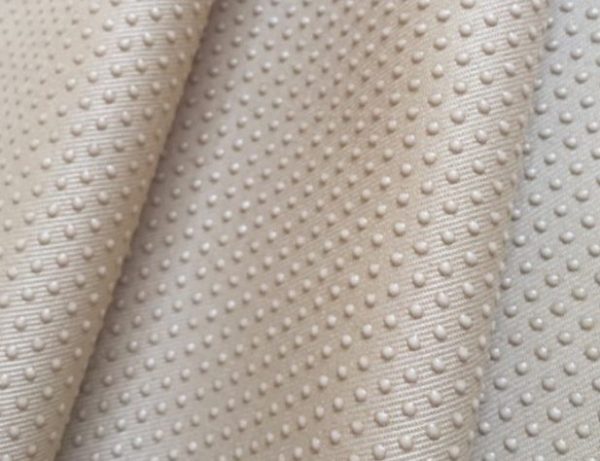
Filtering
A low-density canvas without an amplifier acts as a universal filtering material. It does not absorb water, but it does let it through. This quality is used in the arrangement of a wide variety of drainage and filtering systems.
Geotextile is one of the spunbond options. It is used to retain water in garden beds.
Application area
The characteristics of the spunbond provide the widest possible application.
Agriculture
Spunbond and its modifications are the best covering material... The most commonly used thermally bonded spunbond with a density of 15 to 80 g / m². The scope of use is determined by its properties.
- To protect plants from frost and precipitation, a very thin and light spunbond is taken. You can cover an entire garden bed or wrap each plant with a cloth.
- Agrofibre with a higher density is laid on the ground to ensure rapid heating of the soil and ensure plant growth. This prevents the growth of weeds in the garden.
- Geotextiles on the soil retain moisture, so the beds can be watered less frequently.
- The fabric prevents soil corrosion.
- Spunbond is used to protect plants or fruits from insects.
To preserve heat, take the black version, as it absorbs light. White material is used when it is necessary to protect plants from frost.
Landscaping
Spunbond - mandatory element of the drainage system... In addition, the material is used for thermal insulation of communications.
Building
In construction work, the canvas, as a rule, performs the role of the insulating layer... Usually replaces vapor permeable and windproof membranes. The choice determines the density.
- Apply for vapor barrier of roofs and wall structures... Such material does not allow water to pass to the insulation, but removes water vapor and allows air to pass through. This eliminates the appearance of condensation in the insulation.
- In lightweight structures, spunbond is used as protective membrane from the wind. Most often, such a need arises when constructing a ventilated facade.
- Spunbond is used as waterproofing agent for building insulation and decoration. In this case, the formation of condensation on the inside is excluded.
Often, a textile material is used to install an intermediate layer between the finish and the wall to prevent cracking.
Other areas
- The nonwoven fabric is very hygienic. It is based on polymers, and the spinning method of production provides the fibers with a very high smoothness. Such material does not absorb dirt, does not allow bacteria to multiply. Spunbond is sewn disposable clothing for medical staff, cooks, salon workers. Sewing robes, overalls, shoe covers, hats, protective masks.
- Spunbond is used as lining in regular clothes, since the material does not stretch and retains its shape.
- Due to its high hypoallergenicity, spunbond is used for manufacturing hygiene products: diapers, pads.
- The canvas is used for separation of skin and filler in the production of upholstered furniture.
- Since spunbond is very cheap, a huge amount is sewn from it. promotional items: bags, cases, cases.
- Material take for packing, when sewing clothes covers and organizers.
- As a filter Spunbond works in respirators, vacuum cleaners, household and industrial filters.
Home craftsmen use spunbond to make a variety of crafts and decor.
Recommendations for selection and use
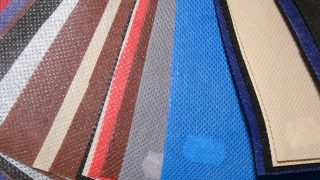
In order for the canvas to serve for a long time, it is necessary to take into account a considerable number of factors when choosing.
- Density - the denser the material, the worse it allows moisture and air to pass through. If agrofibre is bought for mulching or keeping warm in the soil, they choose a rather dense spunbond - 60 g / m². To prevent sunburn and to protect against birds, choose a thin fabric, with a density of 12-30 g / m², so that the canvas does not crush the sprouts.
- Additional modifications - lamination, spot coating - change the properties of the material. This must be taken into account. Reinforced fiber is completely unsuitable for protecting plants from the sun, and PVC dotted material is not suitable for a drainage system.
- You need to choose quality material... An indicator can only be the manufacturer's warranty and its reputation. Of the visible signs of quality, only the homogeneity of the material can be indicated. If there are gaps or compacted areas in the canvas, this is a fake.
- Spunbond is produced with and without UV protection... The first option is used for garden gardens, facade wind insulation. Unprotected material is used inside the building.
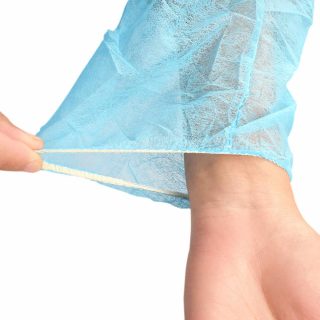
For some spunbond products need care, especially for garment covers, bags and garments and with lining. The rules are simple:
- Spunbond things can not be washed, thin fabric will not tolerate such a load. Hand wash allowed, very neat and no powder or soap.
- Preference is given to dry clean: it is better to vacuum the product or wipe with a dry sponge.
- Can't be ironed material. Clothes with such a lining are ironed only outside or use a steam generator.
Disposable products are discarded after use.

